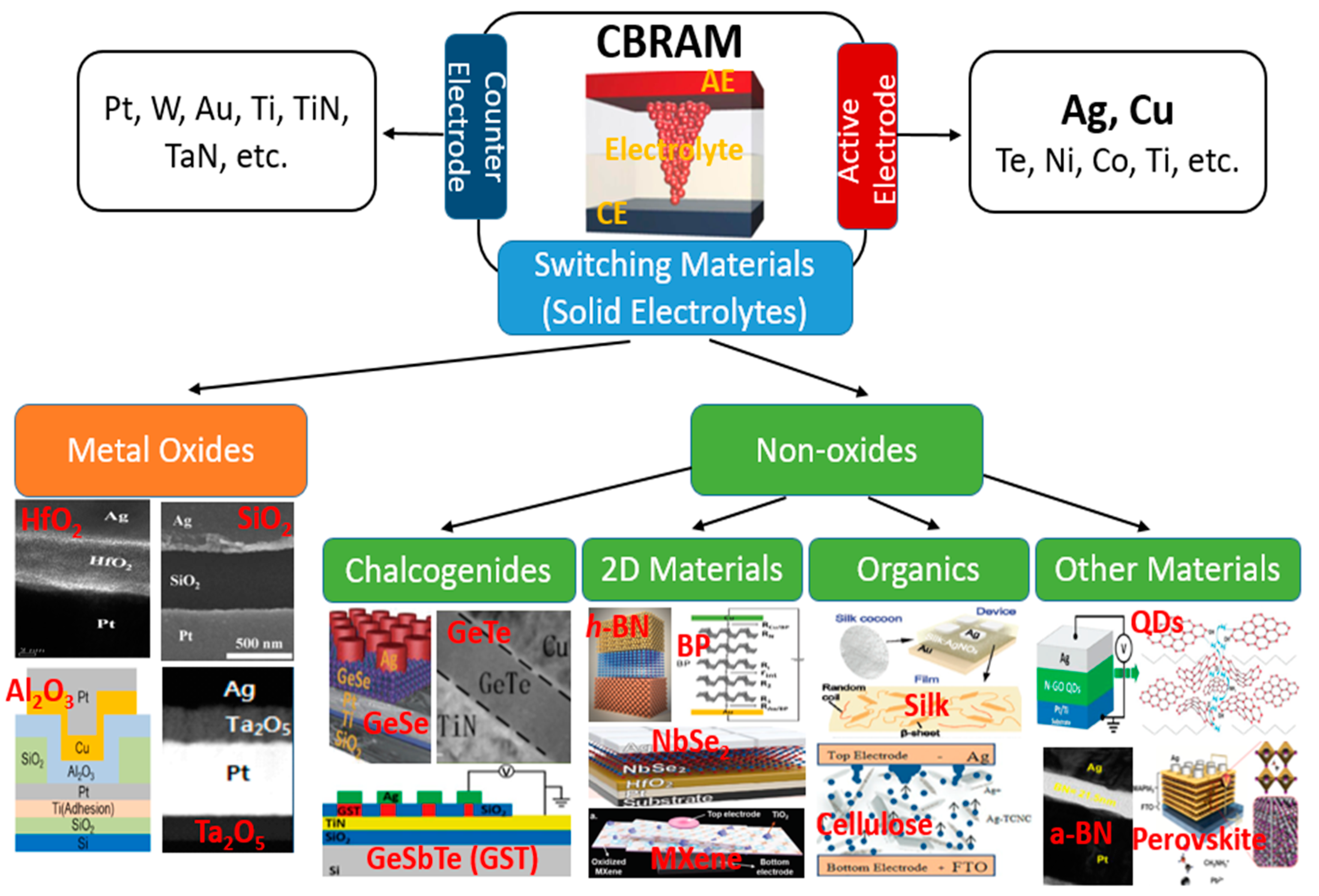Published: Apr 28, 2022 by Jiayi
Haider ABBAS, Jiayi LI and Diing Shenp ANG *

Abstract
Due to a rapid increase in the amount of data, there is a huge demand for the development of new memory technologies as well as emerging computing systems for high-density memory storage and efficient computing. As the conventional transistor-based storage devices and computing systems are approaching their scaling and technical limits, extensive research on emerging technologies is becoming more and more important. Among other emerging technologies, CBRAM offers excellent opportunities for future memory and neuromorphic computing applications. The principles of the CBRAM are explored in depth in this review, including the materials and issues associated with various materials, as well as the basic switching mechanisms. Furthermore, the opportunities that CBRAMs provide for memory and brain-inspired neuromorphic computing applications, as well as the challenges that CBRAMs confront in those applications, are thoroughly discussed. The emulation of biological synapses and neurons using CBRAM devices fabricated with various switching materials and device engineering and material innovation approaches are examined in depth.
Keywords: CBRAM; RRAM; memristor; emerging memory technologies; neuromorphic computing; artificial synapses; artificial neurons
 Figure 2. The schematic representation of a CBRAM cell with a detailed classification of the materials that are used for CE, AE and switching medium in a CBRAM device. The switching materials are classified into two categories: metal oxides [17,18,19,20] and non-oxides. The non-oxides are further classified as chalcogenides [21,22,23], 2D materials [24,25,26,27], organic materials [28,29] and other emerging materials [30,31,32].
Figure 2. The schematic representation of a CBRAM cell with a detailed classification of the materials that are used for CE, AE and switching medium in a CBRAM device. The switching materials are classified into two categories: metal oxides [17,18,19,20] and non-oxides. The non-oxides are further classified as chalcogenides [21,22,23], 2D materials [24,25,26,27], organic materials [28,29] and other emerging materials [30,31,32].
Access HERE

![[NEWS]Scholarship opportunities!](https://www.ntu.edu.sg/images/default-source/corporate/ntu-30-anniversary-logoc1850609-db51-4cc8-9788-62c50778e47b.svg)